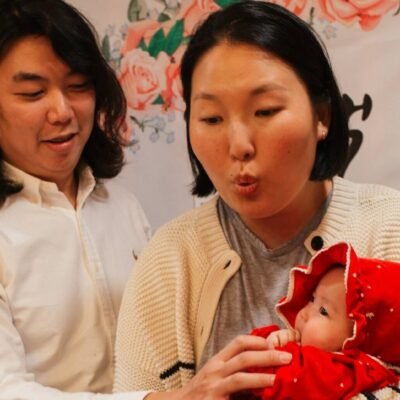CHICAGO (October 31, 2024) – On August 28, 1955, Emmett Till was kidnapped, tortured, killed and dumped in the Tallahatchie River in Mississippi. He was 14 years old. Just a few weeks later, his murderers, Roy Bryant and J. W. Milam, were put on trial. When it was time to deliver the verdict, an all-white male jury deliberated for just 67 minutes before acquitting Bryant and Milam. Injustice: The Trial for the Murder of Emmett Till, opening at the Chicago History Museum on November 23, will share Emmett’s story and legacy through photographs of the joyful life he led in Chicago, the gut-wrenching images from his funeral and the original courtroom sketches of the trial.
Fondly referred to as “Bobo” or “Bo” by family and friends, Emmett Till was born in Argo (now Summit), Ill., on July 25, 1941. While spending the summer with family in Mississippi, he was attacked and killed after being accused of offending a white woman. Three days after his abduction, his body was recovered. He was brought back to Chicago where more than 100,000 people filed past the glass-topped casket at Roberts Temple Church of God in Christ.
“People had to face my son and realize just how twisted, how distorted, how terrifying race hatred could be. They would have to see their own responsibility in pushing for an end to this evil,” said Emmett’s mother, Mamie Till-Mobley.
Less than three weeks after Emmett’s body was found, the trial began. By that time, thousands of Americans had seen the gut-wrenching photographs of his body in Jet magazine. Journalists from around the country traveled to Mississippi to cover the trial. During the trial, Chicago-based artist-reporter Franklin McMahon documented the proceedings, creating sketches that would appear in an issue of Life magazine. In 2004, the Museum acquired these drawings, which will be on display in “Injustice.”
“These drawings give a visual account of a trial that amplified the inequities Black Americans face within the U.S. court system, including a lack of equal protection under the law,” says exhibition curator Charles E. Bethea, the Andrew W. Mellon Director of Curatorial Affairs & Collections. “With more than forty works ranging from simple pencil sketches to intricate drawings with added ink wash, McMahon’s documentation is an invaluable record of what became one of the seminal moments of the modern Civil Rights Movement.”
The exhibition will highlight not only Emmett Till’s life and the trial following his murder but also the impact of his story. Connections to modern instances of racial discrimination and imagery depicting the fight against racial injustice including the Chicago March of Justice for George Floyd in June 2020 will be part of the exhibition.
“What happened to Emmett is a difficult part of U.S. history, and Injustice demonstrates the impacts that systemic racism, inequality and anti-Blackness can have on Black lives,” says Bethea. “Through this exhibition, we hope visitors will consider how Emmett Till’s legacy continues in those seeking justice for Black lives today.”
The Chicago History Museum invites the public to join them in learning from and reflecting on Emmett Till’s life through this look at his murder trial and the ripple effects of his story.
For more information, please visit the Chicago History Museum’s website or contact the Museum’s press office.
Media kit available here: https://chicagohistory.box.com/s/jbr52mrgtlp98v042zdy8bp5rv0wo9jk
###
ABOUT THE CHICAGO HISTORY MUSEUM
The Chicago History Museum is situated on ancestral homelands of the Potawatomi people, who cared for the land until forced out by non-Native settlers. Established in 1856, the Museum is located at 1601 N. Clark Street in Lincoln Park, its third location. A major museum and research center for Chicago and U.S. history, the Chicago History Museum strives to be a destination for learning, inspiration, and civic engagement. Through dynamic exhibitions, tours, publications, special events and programming, the Museum connects people to Chicago’s history and to each other. The Museum collects and preserves millions of artifacts, documents, and images to assist in sharing Chicago stories. The Museum gratefully acknowledges the support of the Chicago Park District on behalf of the people of Chicago.
To learn more or request an interview with a spokesperson, please contact the Museum’s Public Communications Manager.




